How to Keep Snow from Going Inside Your Chimney
In case you have noticed water that is trickling at the bottom of your fireplace or critters getting into the property, you might need professionals. In case this happens when it snows or rains, there can be a problem with the chimney. For those homes that can effectively prevent rain and snow from coming down your chimney, they use a chimney capping cowl.
Snow is a sign of freezing temperatures and slushy conditions while the snow melts. These thawing and freezing cycles can affect the chimney masonry very badly. You can pay for chimney cleaning services to help keep snow out of your chimney. You can read this article until the end to know more.
Call Us at 877-959-3534 for Chimney Service
Use a Chimney Crown
A chimney crown is placed on the chimney opening outside your house to prevent moisture and debris from going into the flue. Since this component is an outdoor element, it goes through damage while it ages.
If the chimney crown breaks or cracks, it cannot perform its job effectively. This is the defensive tactic to prevent snow from pouring down inside the structure and going into your home. When you are inspecting the chimney at the beginning of the season, make sure that you are also checking for crown damage. This component should be replaced if you see breaks so you can protect the structure during winter.
Chimney Flashing
The chimney has a metal part and it is mainly a waterproof seal between the chimney and the roof. Installation is hard to perfect. It is not strange for a chimney leak to be the exact result of damaged or improperly installed flashing. Ensuring the chimney flashing’s effectiveness is one of the reasons why you should schedule a yearly chimney inspection based on recommendations.
Weatherproof Your Chimney
The masonry will hold the chimney bricks together, which is very porous, making it prone to moisture. The more water your chimney absorbs, the higher chance it will erode and break down. Waterproofing materials can easily be added to the exterior of the chimney to prevent moisture from penetrating. After a chimney inspection that has deemed your structure to be very sound, you need to have a clean exterior cleaned and contact a professional to apply weatherproofing.
You must also take note that chimneys with moisture-proof stones can still be damaged by water. That is because they need a mortar base between stones to create the chimney structure.
Repair the Mortar
The brick and mortar are an important part of holding the chimney together. The mortar is responsible for connecting each brick. While your chimney can last a long time, the mortar’s lifespan is shorter. In case this begins to crack or flake away, it will create moisture and water paths so that it can seep into your chimney and brick.
If you see cracks in the mortar, you do not really have to rebuild a part of the structure. You will find companies that offer chimney repair services where technicians will do a thorough check that got damaged or cracked to save you money for rebuilding.
Call Us at 877-959-3534 for Chimney Service
Use a Cricket for Diverting Water
Melting snow and rainwater creates a serious run-off that will likely sweep past the chimney. Protecting it from the flow is important to structural integrity. The easiest way is to install a diverter called a cricket. It can simply be fixed so that means there is a difference between the chimney standing tall or water folding when under pressure.
You can contact chimney sweep anytime before winter to have your chimney cleaned and inspected.
Call Us at 877-959-3534 for Chimney Service
The post How to Keep Snow from Going Inside Your Chimney first appeared on First Class Chimney Services.
This post first appeared on https://www.firstclasschimneyservices.com
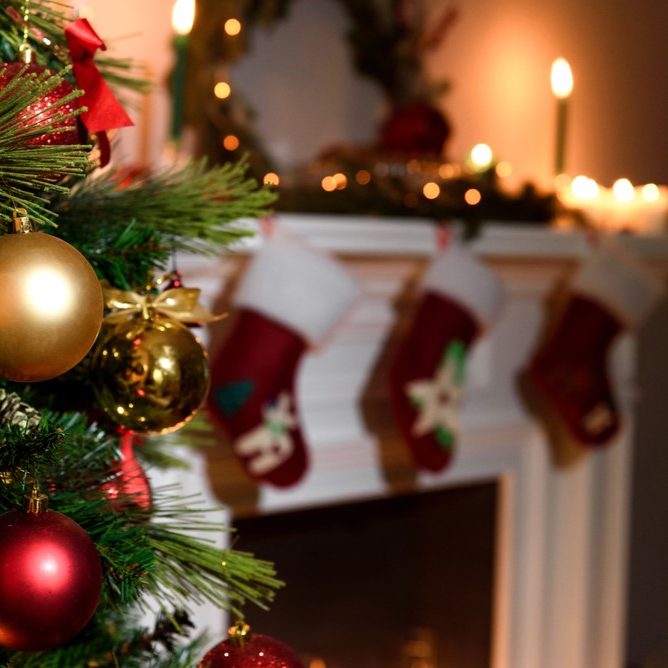
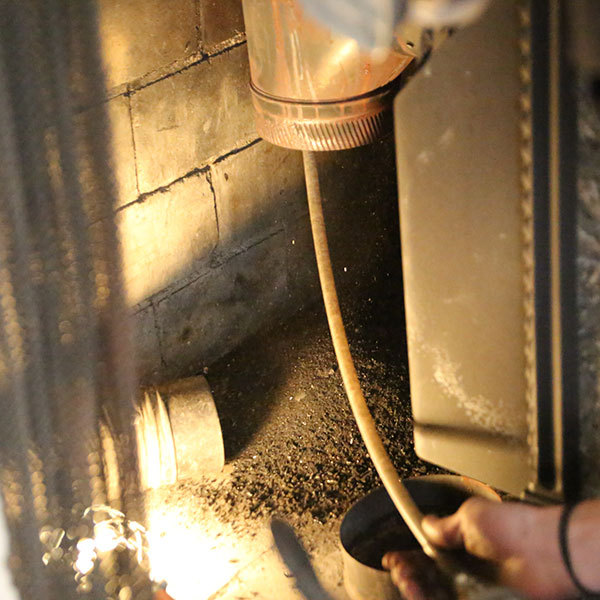 Ring in the holidays with fireplace safety
Ring in the holidays with fireplace safety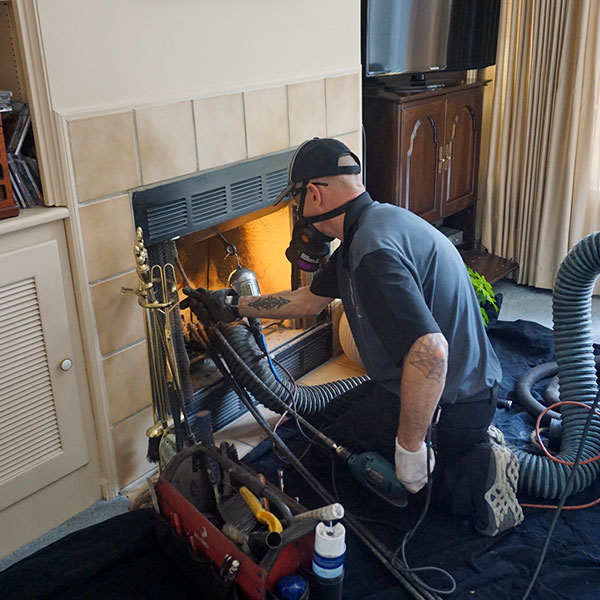 If your chimney is full of soot and debris, you might be looking for an easy and fast way to clean it.
If your chimney is full of soot and debris, you might be looking for an easy and fast way to clean it. 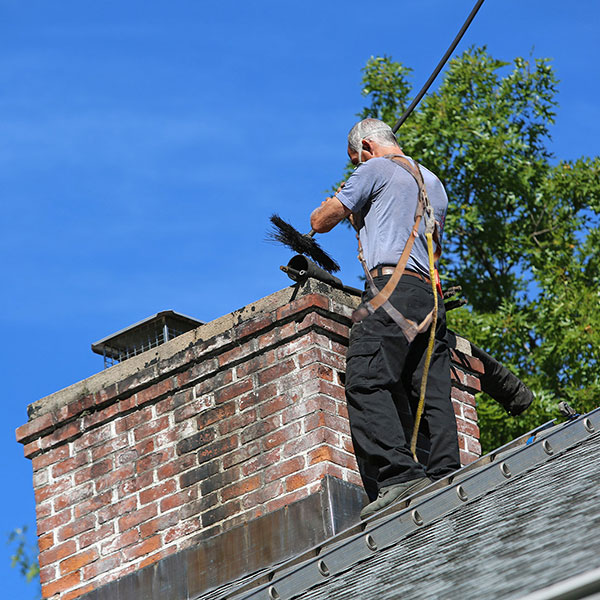 Additionally, cleaning logs are not a viable substitute for a professional cleaning.
Additionally, cleaning logs are not a viable substitute for a professional cleaning. 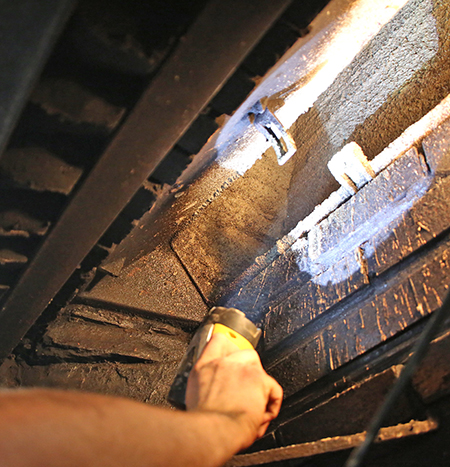 The purpose of a damper
The purpose of a damper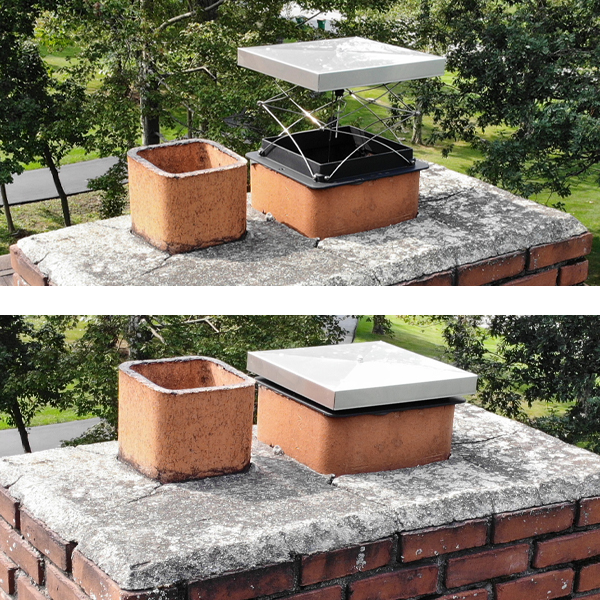
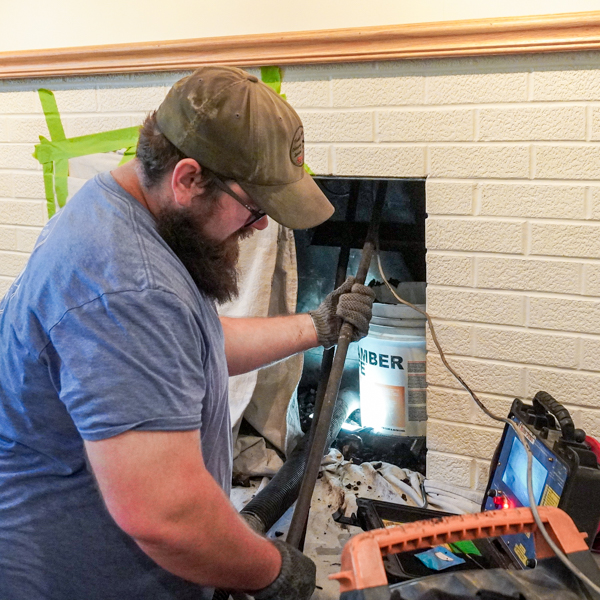 Tip 1: Have your chimney inspected
Tip 1: Have your chimney inspected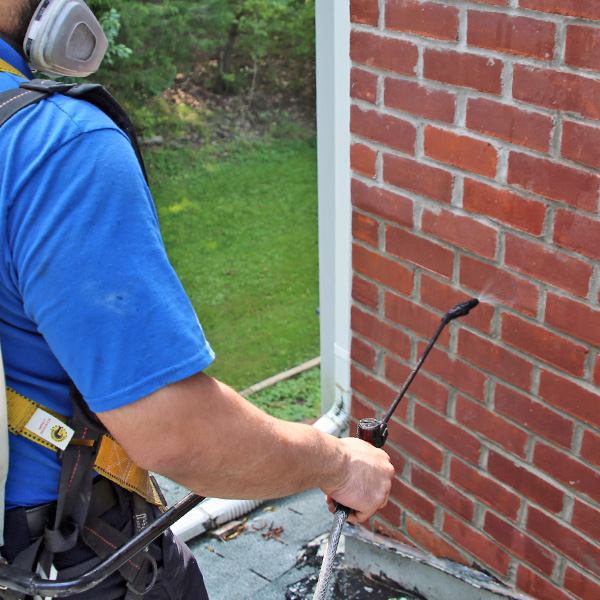 Tip 4: Waterproof your chimney
Tip 4: Waterproof your chimney

